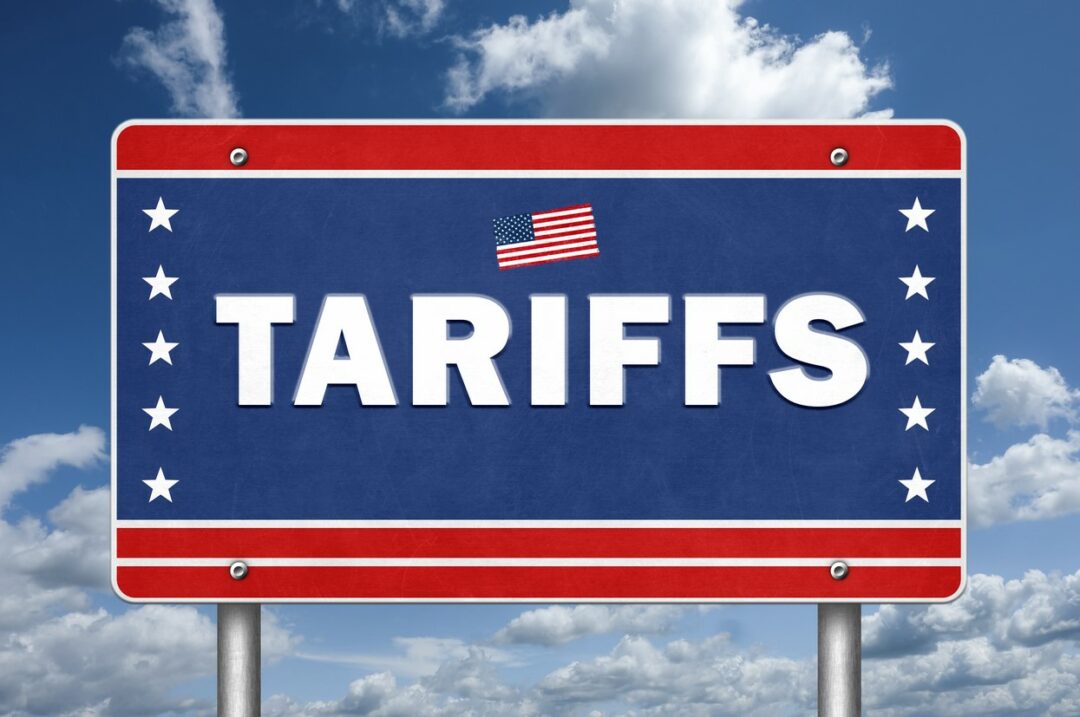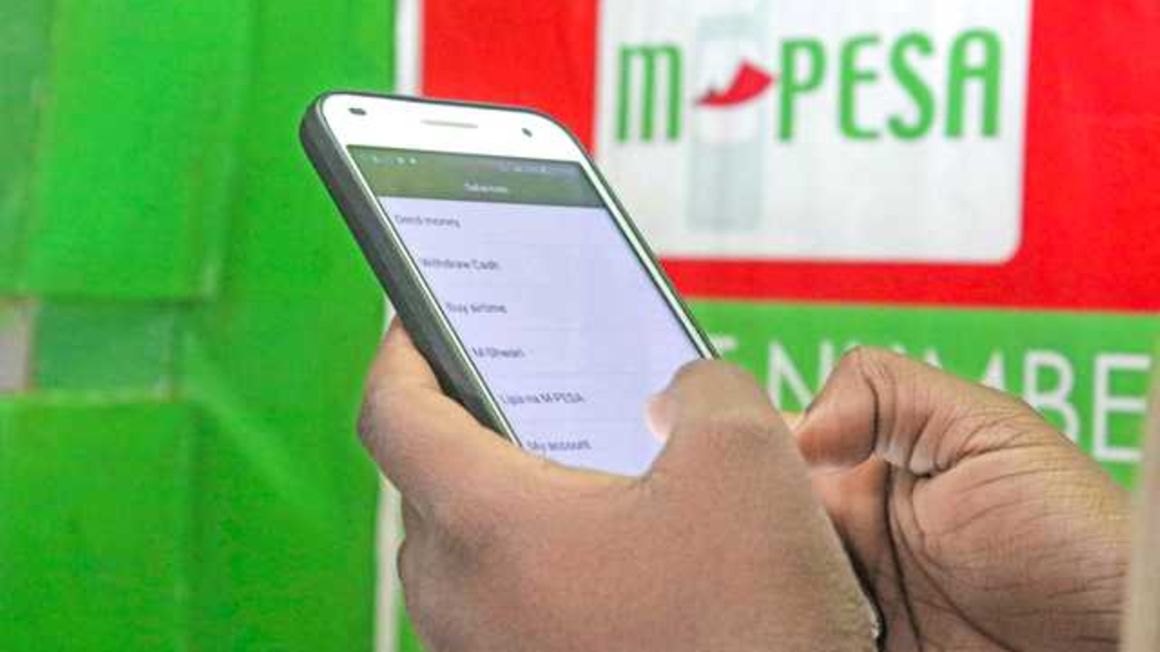Trump Imposes 10% Tariff on Kenyan Goods: What It Means for Trade and Economy

U.S. President Donald Trump has imposed a 10% tariff on Kenyan aluminum and steel products. This decision, part of broader protectionist measures, threatens to disrupt one of Kenya’s most valuable trade relationships. But why has Kenya been targeted, which industries will be hardest hit, and how might the East African nation respond? This article breaks down the implications of this trade barrier for Kenya’s economy, key export sectors, and future trade negotiations.
Understanding the Tariff Decision
The Trump administration’s latest tariff affects:
- Aluminum products (HS code 7604/7606)
- Steel products (HS code 7207/7219)
- Effective date: June 15, 2024
- Exemption threshold: First $150 million annual trade volume
Official Reasoning:
The U.S. Trade Representative cites “national security concerns” and “unfair trade advantages” from Kenyan export subsidies as justification – the same rationale previously used for EU and Chinese tariffs.
Kenya’s Vulnerable Export Sectors
| Export Product | 2023 U.S. Sales | Projected Impact |
|---|---|---|
| Aluminum sheets | $87 million | 15-20% sales decline |
| Steel pipes | $62 million | Likely loss of 3 major contracts |
| Fabricated metals | $41 million | Possible plant closures |
| Automotive parts | $29 million | Competitive disadvantage vs. Asia |
Source: Kenya National Bureau of Statistics
Economic Ripple Effects
Immediate Consequences:
- 5,000+ manufacturing jobs at risk
- $12 million in monthly export losses projected
- Potential 0.3% GDP growth reduction
Long-Term Risks:
- Disruption of AGOA (African Growth and Opportunity Act) benefits
- Shift of U.S. buyers to tariff-exempt competitors like Ethiopia
- Reduced foreign investment in Kenyan manufacturing
Government and Industry Response
Official Reactions:
- Trade CS: “Exploring WTO dispute mechanisms”
- KAM: Urging retaliatory tariffs on U.S. agricultural imports
- KNCCI: Proposing export diversification to EU/China
Business Adaptation Strategies:
- Value-addition to bypass raw material tariffs
- Seeking alternative markets through AfCFTA
- Lobbying for Kenyan-made product exemptions
Historical Context: U.S.-Kenya Trade Relations
- 2019: $1.2 billion bilateral trade
- 2023: $1.8 billion (52% increase)
- Key U.S. Imports: Apparel (32%), nuts (18%), metals (27%)
- Pending: Proposed U.S.-Kenya FTA negotiations now in jeopardy
Expert Predictions
Dr. Wanjiru, Trade Economist:
“These tariffs could backfire by pushing Kenya closer to Chinese and European markets, ultimately costing U.S. companies long-term opportunities in Africa’s fastest-growing economy.”
What’s Next? Kenya’s Strategic Options
- Diplomatic Negotiation
- Fast-track bilateral talks
- Leverage counterterrorism partnership
- Economic Diversification
- Accelerate export market diversification
- Boost trade with COMESA/EAC partners
- Industrial Policy Shifts
- Incentivize higher-value metal production
- Develop alternative export sectors
Key Takeaways
- The 10% tariff primarily targets Kenya’s $200 million metal exports
- 8,000+ jobs directly at risk in Mombasa and Athi River industrial zones
- Kenya may leverage its strategic position to negotiate exemptions
- Long-term solution requires reducing dependency on raw material exports
To learn how your business can benefit from customized financial solutions, visit MUIAA Ltd. MUIAA offers expert guidance on funding opportunities both for personal and business. Contact us today for personalized support in meeting your business needs within Kenya’s evolving digital economy.











